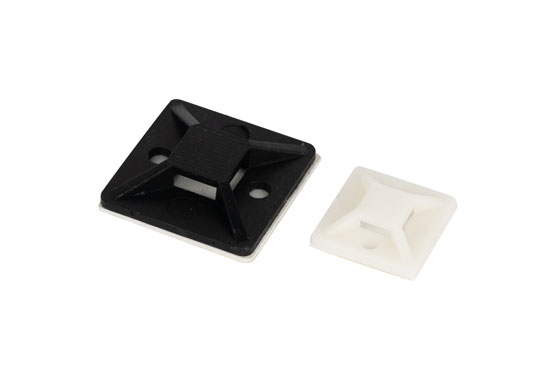Tel
0577-62795555
Tel
0577-62795555
Cables are essential components in electrical systems, and cable management is key to ensuring the proper operation of these systems. In cable management systems, the use of electrical wire ties is a common practice. This article will interpret the standards and specifications for electrical wire ties to better understand the requirements of cable management systems.
Electrical wire ties, as tools for securing and protecting cables, have the following basic requirements:
Weather Resistance: Electrical wire ties need to withstand various climatic conditions, including sunlight, rain, and high temperatures.
Aging Resistance: Electrical wire ties should maintain structural stability over long-term use without aging.
Tensile Strength: Electrical wire ties need to have enough tensile strength to ensure the cables are securely fastened and do not loosen.
Flame Retardancy: Electrical wire ties should have flame retardant properties to prevent them from exacerbating a fire in hazardous situations.
Environmental Protection: Electrical wire ties should be made from environmentally friendly materials and comply with relevant environmental standards.
Selecting the appropriate electrical wire ties is very important for cable management. Below are some considerations for selecting and installing electrical wire ties:
Material Selection: Based on the environment where the cables are deployed and the characteristics of the electrical equipment, choose the appropriate tie material. Common materials include nylon, plastic, and stainless steel.
Size Selection: Choose the appropriate size of the wire ties based on the diameter and length of the cable to ensure it can be fully secured.
Fixing Method: Use the correct fixing methods, such as spiral fixing, self-locking fixing, or buckle fixing, to ensure wire ties can tightly secure the cables.
Installation Requirements: Wire ties should be installed parallel to avoid twisting or snapping. Also, avoid friction with other sharp objects to prevent cable damage.
In cable management, certain standards and specifications need to be followed to ensure the safety and reliability of the cable system.
National Standards: Ensure the selection, installation, and use of electrical wire ties comply with national requirements based on relevant national standards.
Industry Norms: Each industry has corresponding cable management norms, such as the construction industry, power industry, manufacturing industry, etc. Select the appropriate wire ties based on the industry's norms for management.
Equipment Manufacturer Requirements: The selection and use of wire ties should also comply with the equipment manufacturer's requirements and recommendations to ensure the normal operation of the equipment.
Safety Regulations: Comply with relevant safety regulations, including cable laying requirements, installation positions, and spacing of cable ties.
In summary, using wire ties in electrical installations is necessary in cable management systems. Through proper selection and installation of wire ties and complying with corresponding standards and specifications, cables can be effectively secured and protected, ensuring the safe and stable operation of the cable system. Therefore, understanding the standards and specifications of wire ties is crucial for managing electrical installations.
Related Cable Tie Articles



